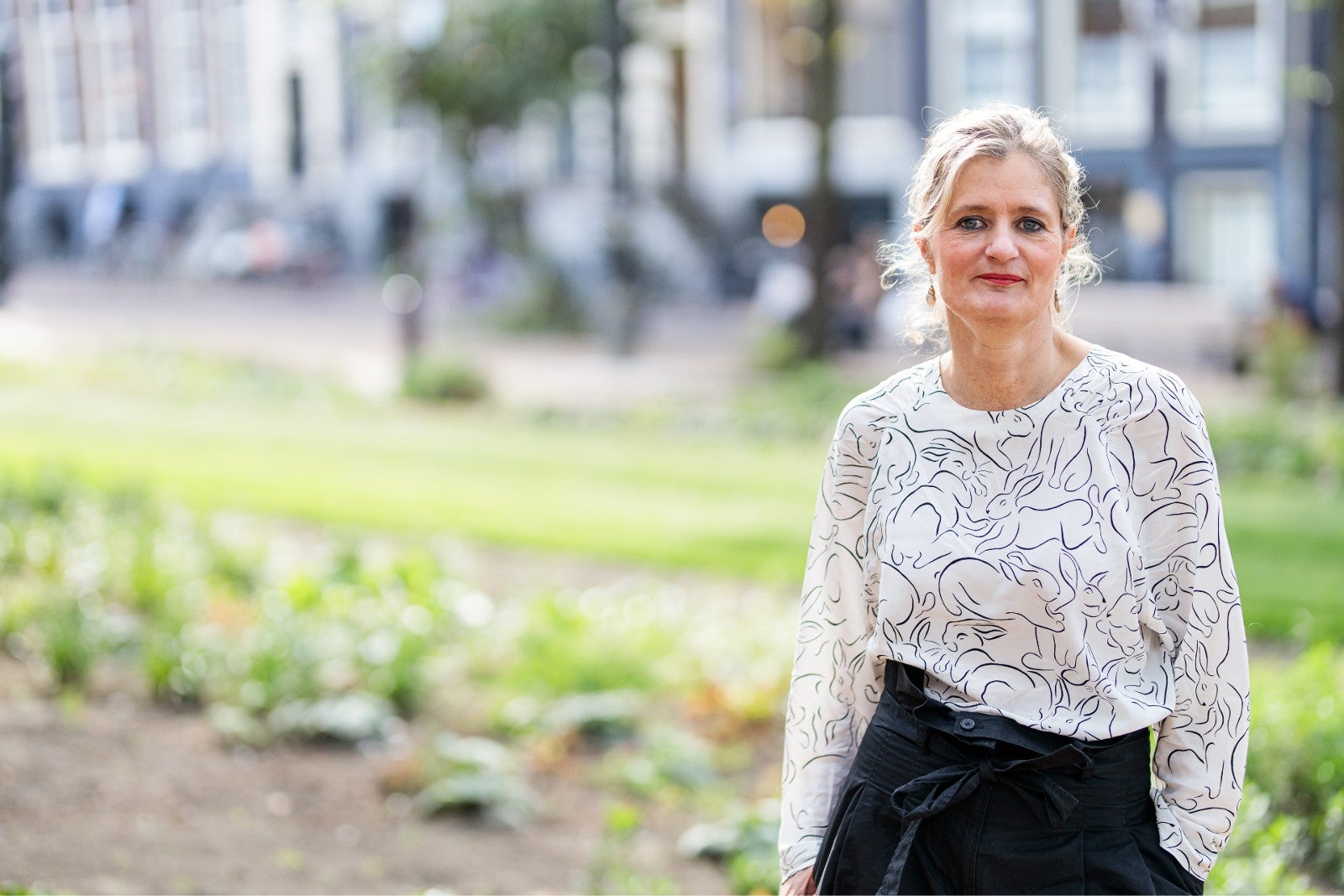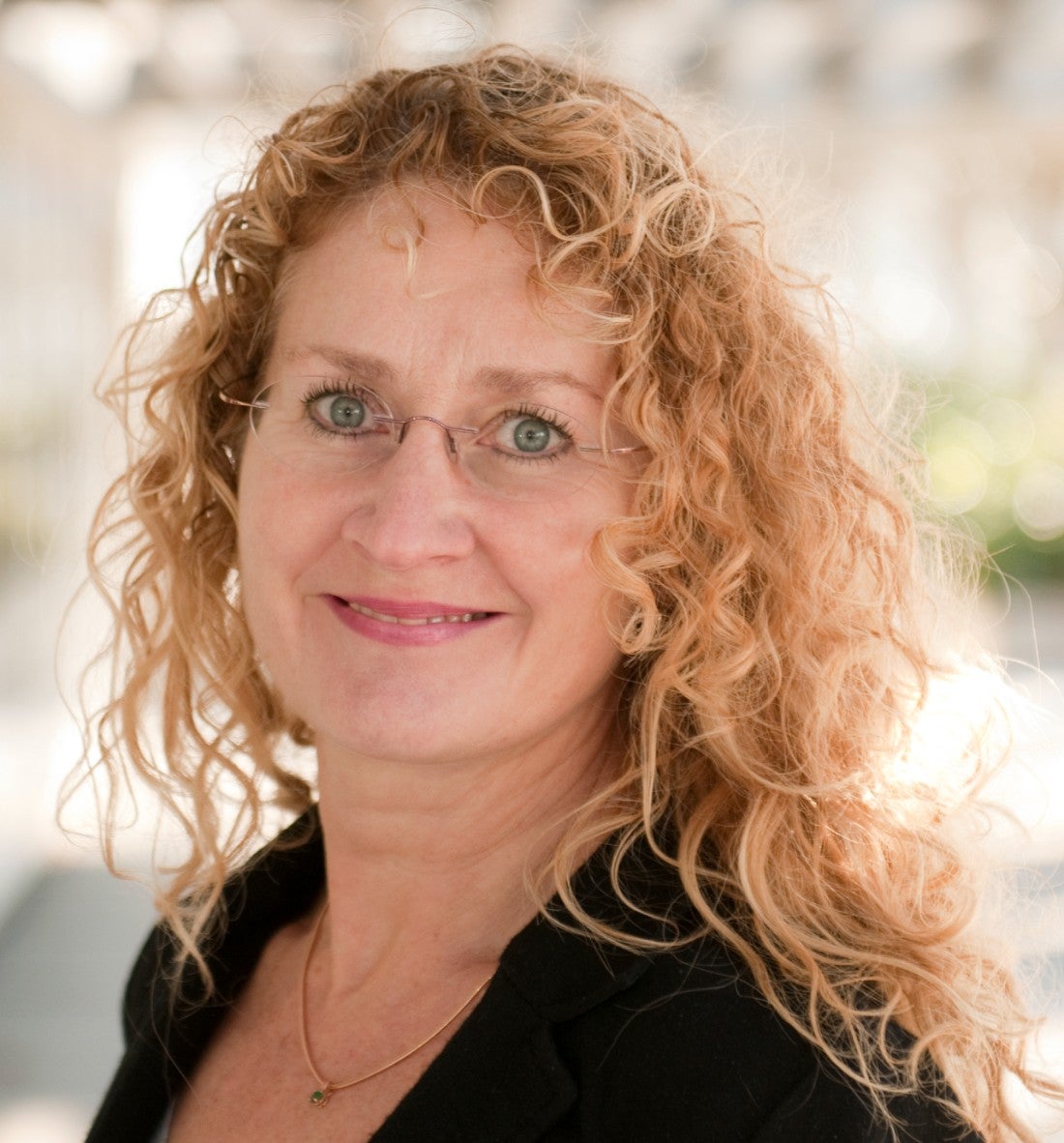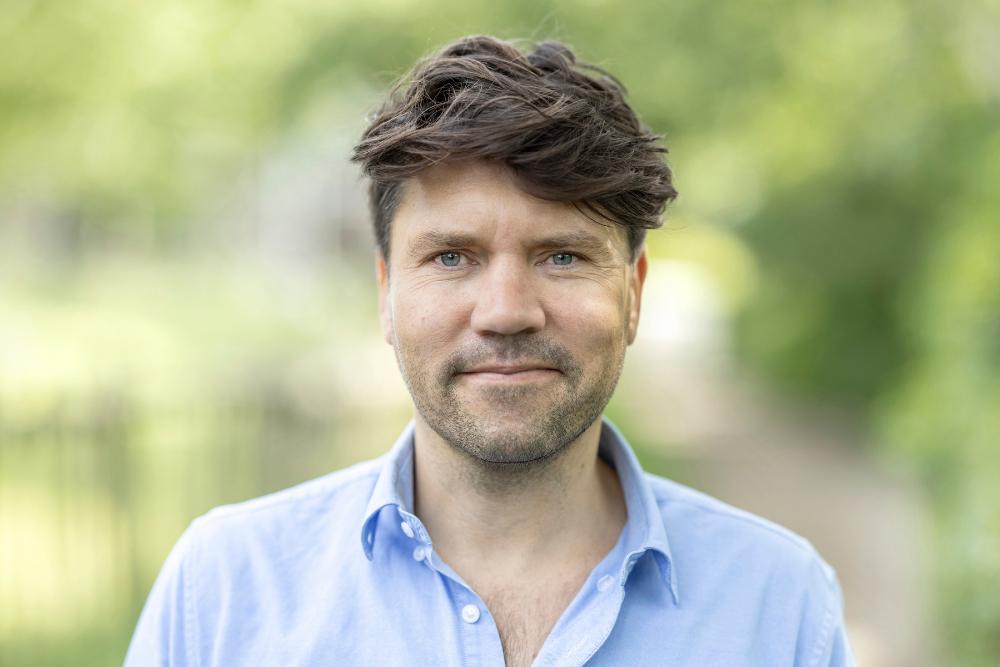Professor of neurophysiology Huib Mansvelder has been awarded one million dollars for brain research. His goal is to create an atlas of the brain.
Mansvelder is one of three scientists to receive one million dollars from the Brain Initiative programme, launched by Barack Obama in 2013, for brain research at VU Amsterdam.
Dutch scientists financed by an American institute. That sounds intriguing.
„It is! It’s a large-scale, ambitious study in which 5 billion dollars has been invested, and scientists from around the world are involved in it. The unique thing about it is that the umbrella organisation, the NIH (National Institutes of Health, ed.), require everyone to make their data available immediately. This means universities have shifted from competing against each other to collaborating with each other."
What is the project vision?
„This is the follow-up to the large-scale Human Genome Project that was conducted in the 1990s to map human DNA. We now know which genes there are, but we don’t yet know where they are all used. Each cell contains the same DNA, but the combination of proteins determines where a cell functions. For example, the proteins in a liver cell are not used in the brain."
„This project zooms in on brain cells to map what we call their molecular ‘fingerprint’. Our brain contains 100 billion nerve cells and each cell can express 15,000 genes. We want to know what each cell does and where. This will enable us to design an atlas to trace groups of cells, or cell types."
If we know where certain cells are located, what can we do with that knowledge?
„If you know which cells are involved, you can focus your research on these cells. It sounds like science fiction, but in the future we will be able to repair very specific genes that are only expressed in a certain part of the brain."
„The current medical approach to brain diseases such as Parkinson’s and Alzheimer’s is very crude. Medicines are transported via the blood to the brain. That body-centric approach is not in line with the intricate way the brain works. In Parkinson’s, the deterioration of cells starts in just one place. We can’t match that precision with what we can currently do with pharmaceuticals."
There are several studies underway within this large-scale project. What is your part?
„Along with the research team at VU Amsterdam, we are collecting brain tissue from patients undergoing surgery for epilepsy or a tumour. When diseased tissue is excised, some healthy brain tissue always comes with it. We use this to identify cell properties, such as which proteins are active, and where in the brain those cells were located. This will enable us to contribute to the definitive atlas of the brain."
You have conducted research at VU Amsterdam on mouse brains in recent years. What were the most surprising results?
„Even though mice and humans are very different and we see few similarities from the outside, it’s another case entirely when we look at brain cells. At the level of cell type – in addition to specialised cell types – we also see many similarities between humans and mice. Diseases such as Alzheimer’s, Parkinson’s, depression and schizophrenia do not occur in mice. So the hypothesis is that to gain more knowledge about those diseases, we need to look at cell types that are specific to humans. That’s what makes this kind of data so interesting."








